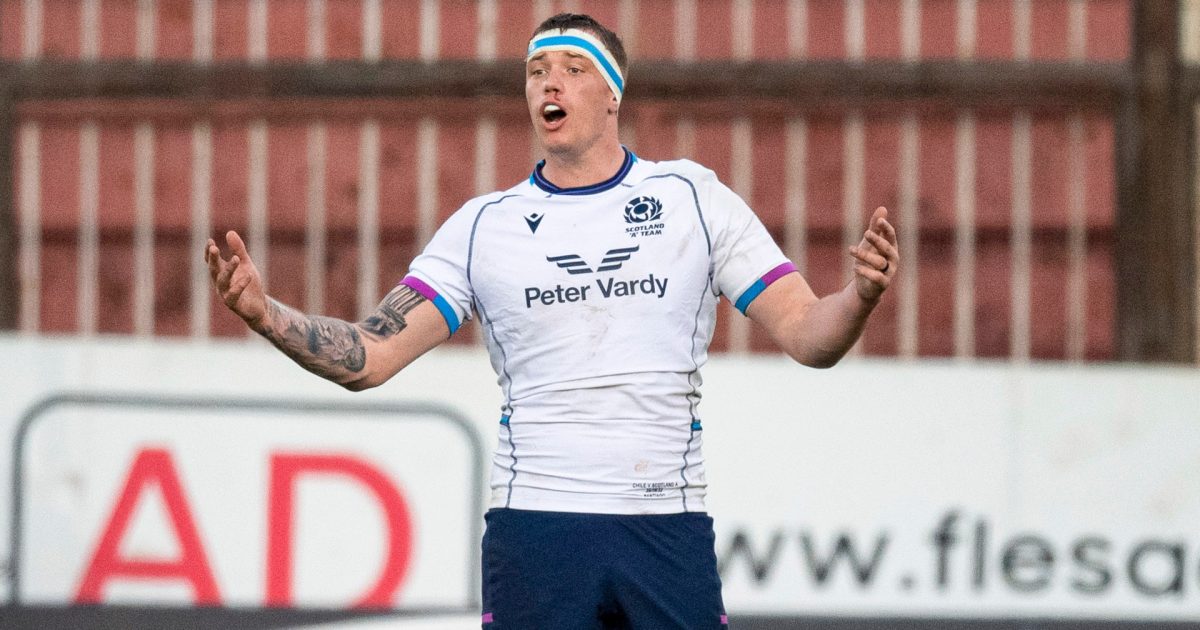Nigel Owens' 'clear message' after controversial Glen Young yellow

Retired referee Nigel Owens has weighed in on last Saturday’s controversial decision by Luke Pearce to only yellow card Scotland forward Glen Young against Australia. The Scottish replacement was sin-binned in the 56th minute following a TMO review of the incident where he caught Tate McDermott in the head while trying to clear out at a ruck.
Scotland at the time were leading 15-6 and the yellow card was seen as a major turning point in the Autumn Nations Series opener that the Wallabies went on to win 15-16 at BT Murrayfield.
Gregor Townsend initially thought when it happened that it was a world-class clear out by his player and after reviewing what had happened, he then told Young post-game: “It was a world-class bit of play that became a yellow card. Glen was a millimetre away from the best clear out you will see to hitting the smallest guy on the field in the head.”
That collision, insisted Owens, should have been punished by a red card and not the yellow that Pearce brandished. The world’s most capped referee reviewed the incident on the latest episode of Whistle Watch, the series he fronts on behalf of World Rugby, and he was in no doubt that the Scottish player should have seen red.
“Look, the clear message here for everybody is that it should be a red card. The player comes in at speed from a distance. He has a clear line of view of where the contact is going to be and he makes contact with the head.
“The key thing to remember here is that it shouldn’t differentiate the bicep and the shoulder. Bear in mind that some players’ biceps are harder than my shoulders, so that doesn’t play a part in it… there was no mitigation in this instance, there we no last sudden movement by the player, there was nothing that happened last second.
“There was plenty of time for this player to readjust what he was doing and to limit that risk of contact with the head. The only thing that should be taken into account here was the degree of danger. Was it a high degree of danger or was it a low degree of danger?
“That is what would bring it from a red to yellow but in this instance here, as I said, clear sight, high degree of danger, direct contact to the head – this should be a red card.”
- Click here to watch Nigel Owens’ latest Whistle Watch

































